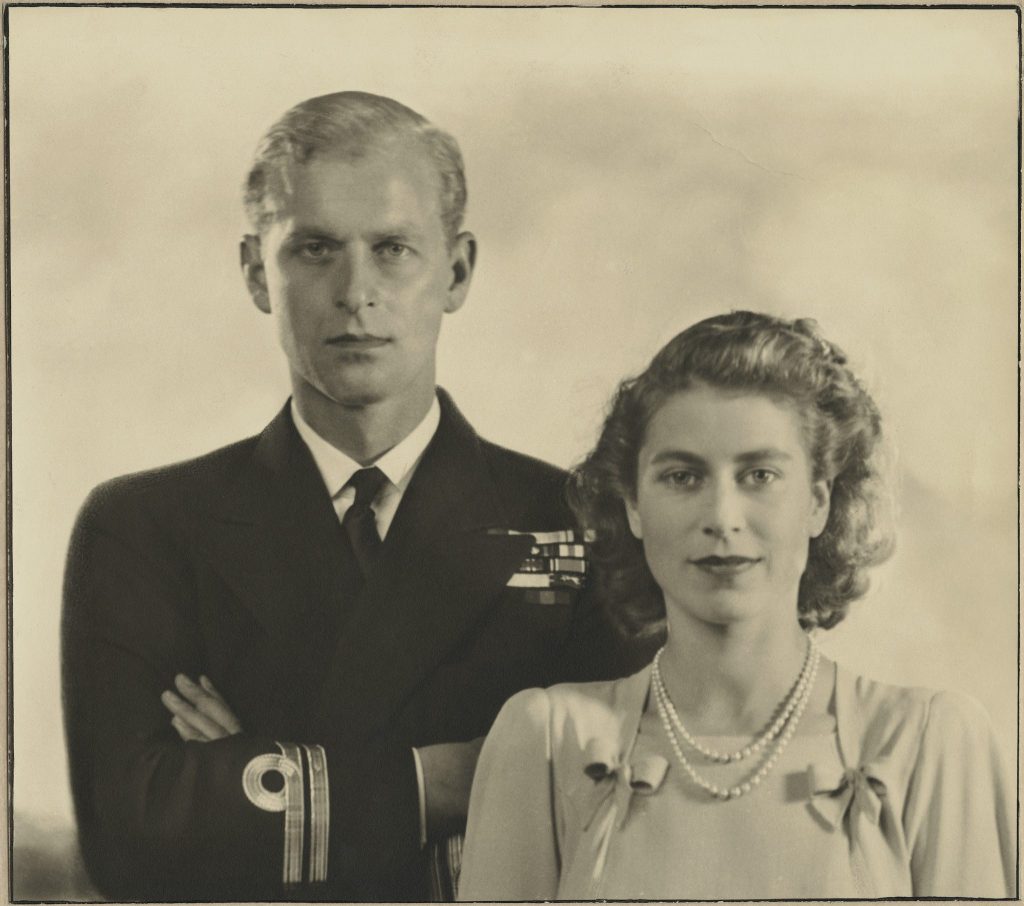Blog Post
Prince Philip, a war hero of the Greatest Generation, passes away at 99
By Jonathon Van Maren
Another member of the Greatest Generation has left us: Prince Philip, Duke of Edinburgh, passed away today at Windsor Castle, where his mother was born in 1885. He was 99 years old and had been married to Queen Elizabeth II since 1947—for more than seven decades. This year would have been their 74th anniversary.
While most of us remember him as the stalwart in a supporting role to the Queen, Philip lived an extraordinary life in his own right. In 1922 as an 18-month-old baby, he was smuggled out of Greece in an orange crate after the forced abdication of his uncle Constantine I, the King of Greece in the wake of the Greco-Turkish war. His family fled to France on a British Royal Navy ship, and Philip was shuffled around Europe to live with various royal family members.
Philip was the only son of Prince Andrew of Greece and Princess Alice of Battenberg, a granddaughter of Queen Victoria. Princess Alice was declared Righteous Among Nations by the State of Israel for hiding a Jewish family in her home in Athens during the Second World War—when interviewed by the Gestapo, she pretended she was too deaf to hear their questions. The Cohens lived with Princess Alice until the Liberation, after which she founded a nursing order of Greek Orthodox nuns.
Ironically, Prince Philip’s four older sisters were married to German princes, and several of them had Nazi connections. Meanwhile, Philip served on the HMS Valiant in the Mediterranean Fleet and was involved in the 1941 Battle of Matapan against the Italian fleet, later serving on the destroyer HMS Whelp in the Pacific. Philip was present in Tokyo Bay for the formal Japanese surrender on September 2, 1945. Although his sisters did not attend his wedding to then-Princess Elizabeth, Princess Margarita’s husband Gottfried, Prince of Hohenlohe-Langenburg was dismissed from his position as commander in the German army after joining a plot to assassinate Hitler in 1944.
Prince Philip’s valor during the Second World War came to light decades later, when a grateful veteran named Harry Hargreaves came forward to tell the story of how the then-first lieutenant in the Royal Navy fooled a Luftwaffe bomber while the HMS Wallace was under heavy bombardment during the 1943 Allied invasion of Sicily. It seemed clear that the battleship was a key target, and Prince Philip and the captain conjured up a plan to distract the bombers. A burning raft was launched over the side, the ship went full steam ahead, and the Luftwaffe began to bomb the decoy.
According to Hargreaves: “Prince Philip saved our lives that night. I suppose there might have been a few survivors, but certainly the ship would have been sunk. He was always very courageous and resourceful and thought very quickly.” As Philip himself put it later: “We did some patrolling along the coast of Sicily and one night for some reason or another some German bomber decided they could see us, and so they thought they’d have a go. I thought it a frightfully good wheeze – I got a Carley float, filled it with rubbish and set fire to it and launched it, hoping that the aeroplane would think we were burning or something. And it did! It went and had a go at it—we got away with it.”
When King George VI died at the young age of 56, Prince Philip served faithfully alongside his wife for decades (he became the longest-serving British consort in 2005). He traveled the nation, the Commonwealth, and the globe as an example of what royalty is at its best: Selfless dedication to service. For nearly all of our lifetimes, Prince Philip has been serving the monarchy and the citizenry, from the decks of destroyers to Buckingham Palace. After nearly a century, he is gone. Most of his generation departed before him. We will not see their likes again.









Very nice.
A great and encouraging statement: “an example of what royalty is at its best: Selfless dedication to service.”
Not news anyone in the USA should care about
We broke from that monarchy 250 years ago